On April 5, 2025, the world lost a towering figure in the realm of classical music. Luiz de Moura Castro, the celebrated Brazilian pianist, educator, and recording artist, passed away at the age of 84 after a prolonged struggle with Parkinson’s disease. His death marks the end of an era, but his legacy will continue to inspire generations of musicians and music lovers around the world.
Heitor Villa-Lobos- Choros no.5
Born in Rio de Janeiro on March 16, 1941, Luiz de Moura Castro was a prodigious talent from the very beginning. He gave his first recital at the Teatro Nacional in Rio at the age of nine, setting the stage for a lifetime dedicated to music. His formal training began at the National School of Music at the Federal University of Rio de Janeiro, where he graduated summa cum laude. He later continued his studies at the Lorenzo Fernandez Academy of Music and the Franz Liszt Academy in Budapest, absorbing the depth and discipline of the European tradition while always remaining rooted in the expressive, emotional core of Brazilian artistry.
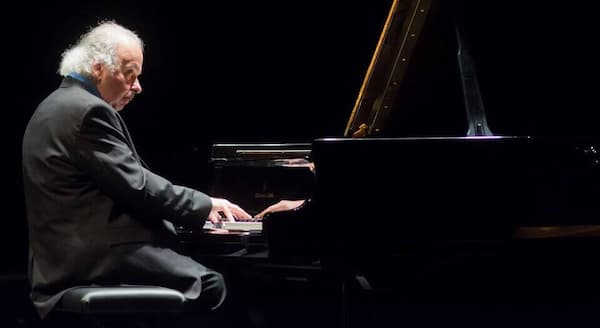
Luiz de Moura Castro © meettheartist.online
Throughout his international career, Moura Castro graced the world’s most prestigious stages, performing with ensembles such as the Orchestre de Chambre de Lausanne, the Lisbon Radio Orchestra, the Filarmonici di Torino, and the Dallas Symphony Orchestra. He appeared at iconic venues like La Scala in Milan, Salle Gaveau in Paris, and the Metropolitan Museum of Art in New York. Yet, despite the grandeur of these achievements, Moura Castro always carried himself with humility, warmth, and a profound sense of musical purpose.
Throughout his life, he created over 50 recordings that genuinely demonstrate his remarkable technical skills and poetic sensibility. His interpretations of composers such as Chopin, Liszt, Brahms, Mendelssohn, and Villa-Lobos reveal an artist who is perfectly attuned to the inner voices of each composer. He infused lyricism, vibrant colour, and rare emotional depth into every phrase, earning heartfelt respect in both the concert hall and the studio beyond.
Alberto Ginastera: Suite de Danzas Criollas – III. Allegro cantabile
One of his most cherished contributions undoubtedly stems from his beloved role as a teacher. Moura Castro wasn’t just a world-class performer; he was also a treasured pedagogue whose impact reached across multiple continents. In 1968, he joined the faculty at Texas Christian University, welcomed by the talented Lili Kraus. Then, in 1978, he started teaching at the Hartt School of Music at the University of Hartford, where he proudly chaired the piano department for 15 wonderful years. His teaching journey also took him to inspiring institutions in Washington, D.C., Barcelona, and Lisbon, among others.
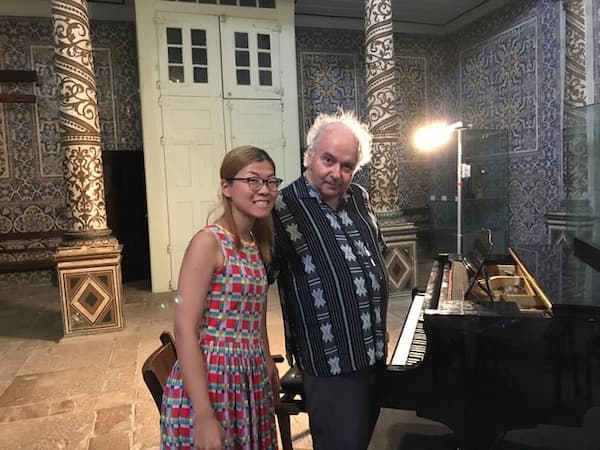
Luiz de Moura Castro with Fanny
It was in this role—as a teacher—that I came to know Luiz de Moura Castro. I only had the opportunity to take a few lessons with him during a summer program in Portugal, but even in that short time, I learned so much. He was incredibly kind and generous with his time, his knowledge, and his encouragement. His words were gentle but always filled with depth and meaning. Each comment he made at the piano opened a new perspective, not just on the music itself, but on how to approach it with imagination and honesty. It was clear that teaching wasn’t just something he did—it was something he loved.
He was also the President Emeritus of The Fryderyk Chopin Society of Connecticut, where he was instrumental in fostering a deep appreciation of Chopin’s works and mentoring emerging artists. He was featured in The Most Wanted Piano Teachers in the USA by Benjamin Saver, and his name appears in International Who’s Who in Music—fitting recognition for someone who shaped the classical music world so profoundly.
In remembering Luiz de Moura Castro, we celebrate not just a pianist of immense talent, but a human being of rare kindness and vision. His music lives on in recordings and in the memories of those who heard him perform. But more importantly, his legacy endures in the lives of the many students he mentored, the colleagues he inspired, and the audiences he moved.
He leaves behind a world richer in beauty, a generation of pianists better for having known him, and a legacy that will continue to resonate far beyond the concert hall.
For more of the best in classical music, sign up for our E-Newsletter

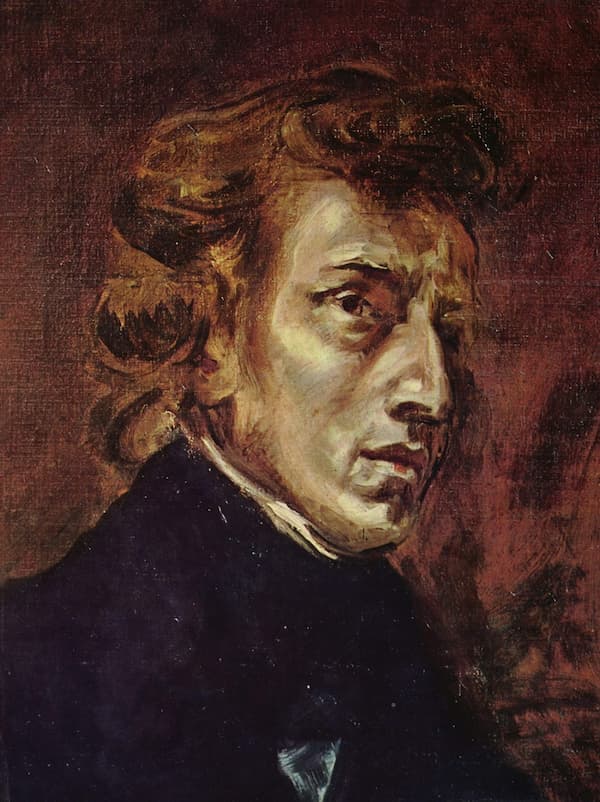
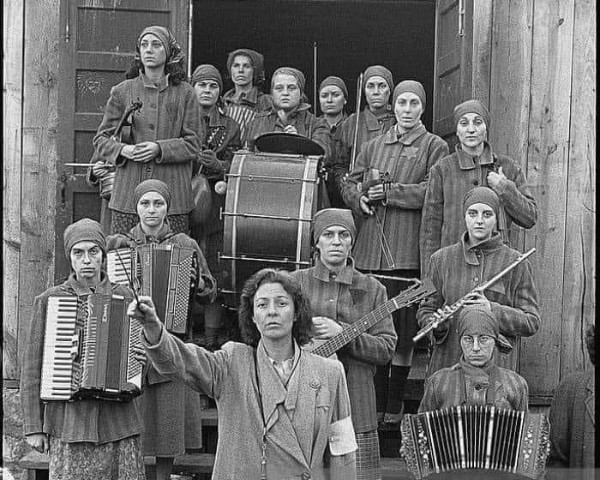
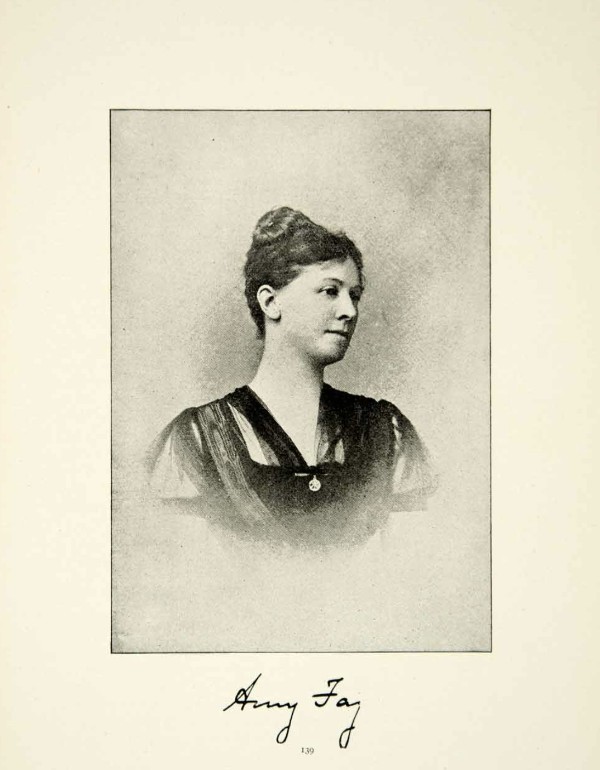
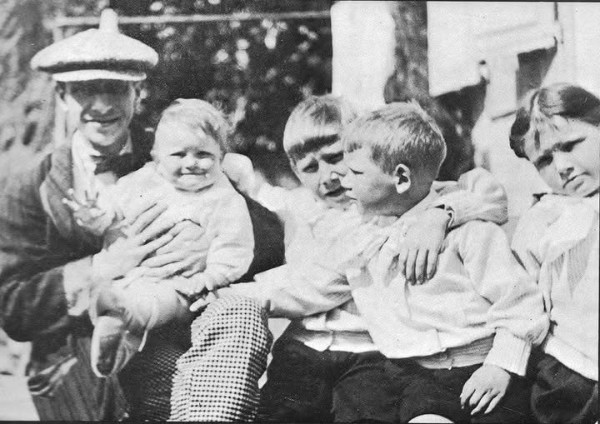
Thanks for this well deserved hommage to the master.